Drybase ECS CR Epoxy Coating: Reliable and Resilient Protective Coating
Drybase ECS CR Epoxy Coating is a powerful, two-part, water-dispersed epoxy resin designed to provide superior chemical resistance and durability. Applied in two coats using a brush or roller, this hardy coating is damp-proof and resistant to a wide range of chemicals once cured. It’s an excellent choice for floors and walls that will come into contact with harsh chemicals.
Key Features
- No Primer Required: Drybase ECS CR Epoxy Coating can be applied directly to the surface without the need for a primer, saving you time and resources.
- Excellent Bond Strength: It forms a strong bond with the substrate, ensuring long-lasting performance.
- Good Chemical and Abrasion Resistance: This coating stands up to a variety of chemicals and resists wear and tear, making it an ideal choice for heavy-use areas.
- Built-in Flexibility: Despite its strength and resilience, this epoxy coating maintains a degree of flexibility, allowing it to withstand slight movements in the substrate without cracking or peeling.
- Waterproof and Weather-resistant: This epoxy coating offers superior protection against water damage and stands up to all types of weather conditions, ensuring the longevity of the structure.
Applications
Drybase ECS CR Epoxy Coating is perfect for a variety of applications, including damp-proofing floors in kitchens and food processing areas, waterproofing concrete floors in warehouses, and providing resistance to foot traffic and light vehicular traffic in light industrial factory areas. It can also be used as a liquid DPM for concrete floors as a rising damp treatment and as a damp proof membrane for walls.
Coverage: Typically 10-20 m2 per 5 kg pack (based on two coats).
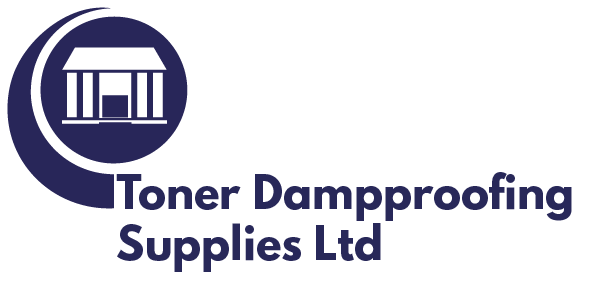
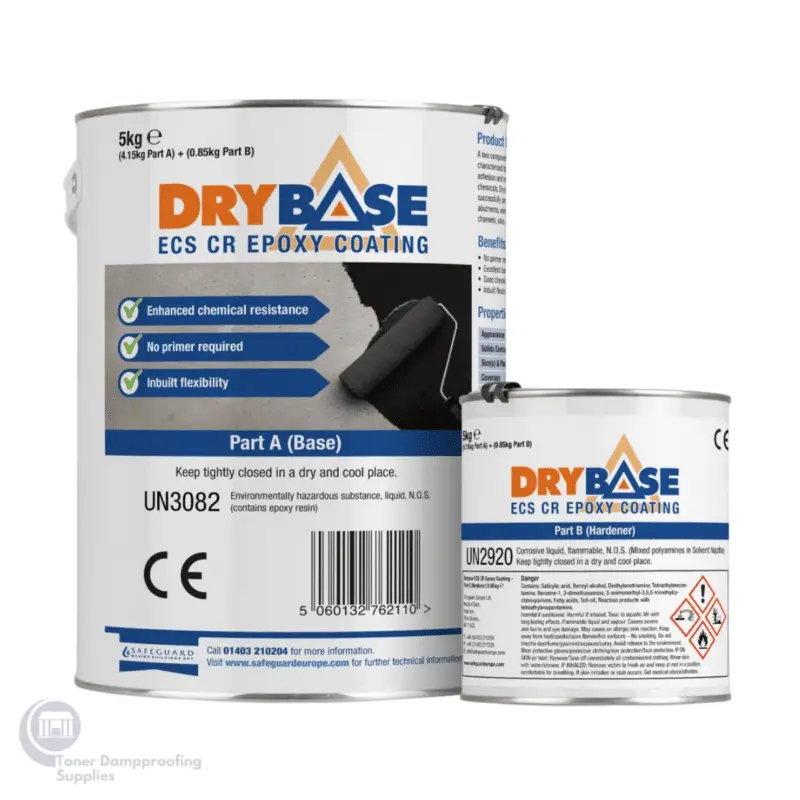
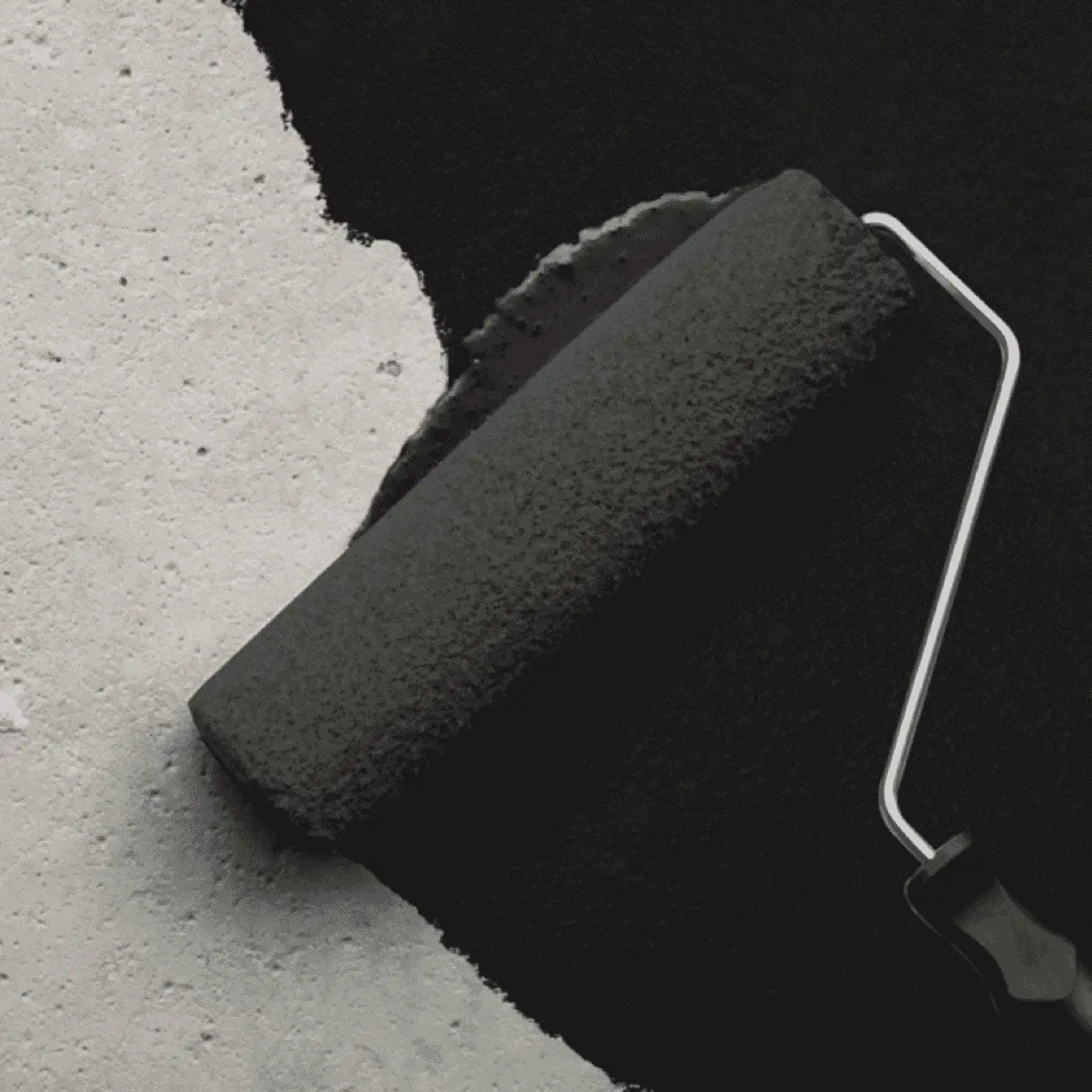
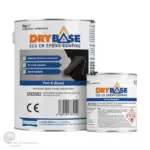
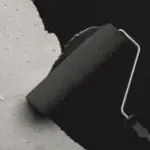
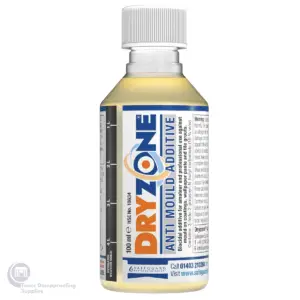
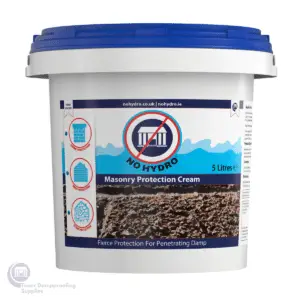
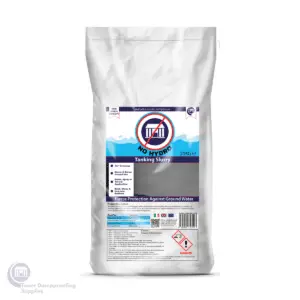
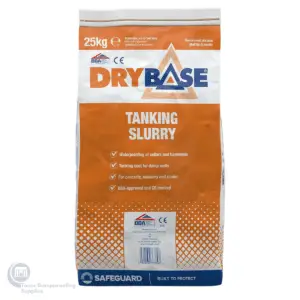
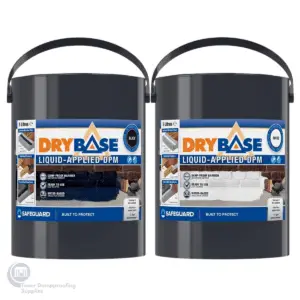
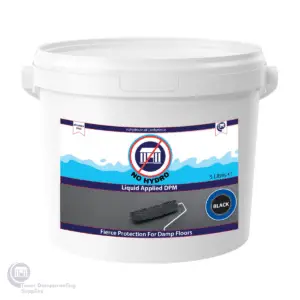
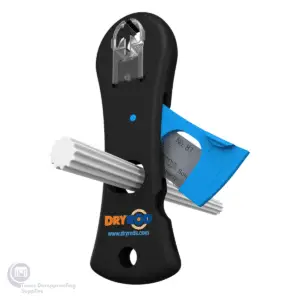
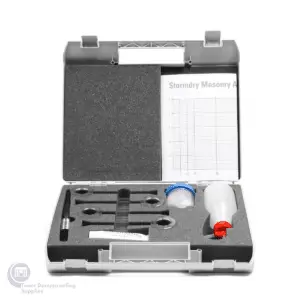
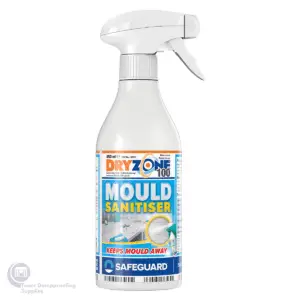
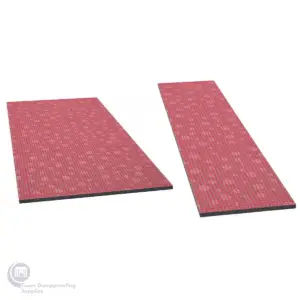
Reviews
There are no reviews yet.